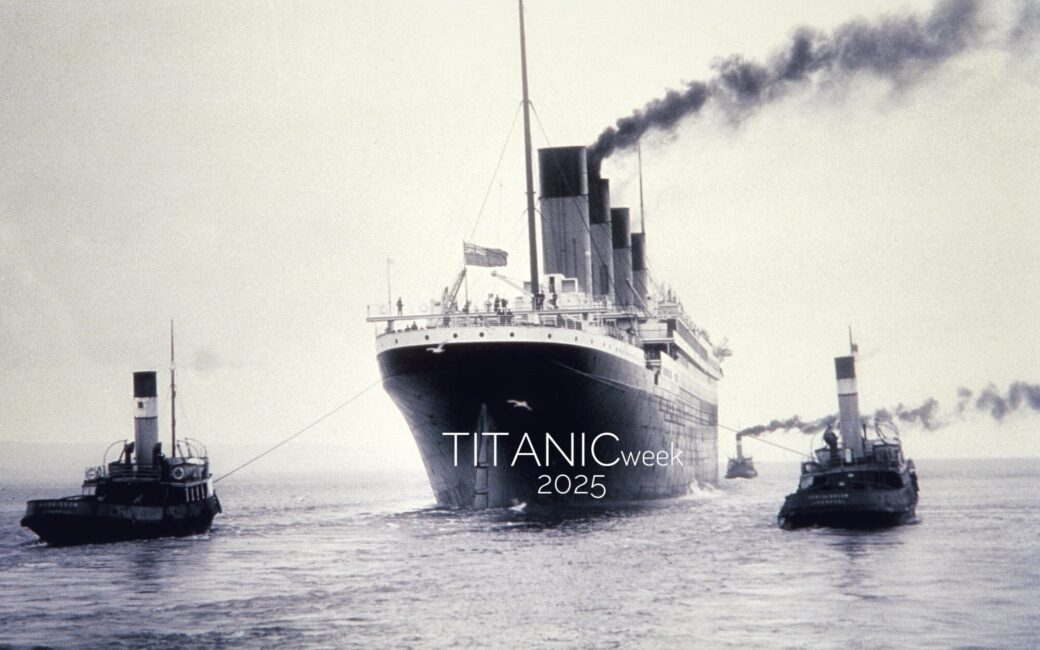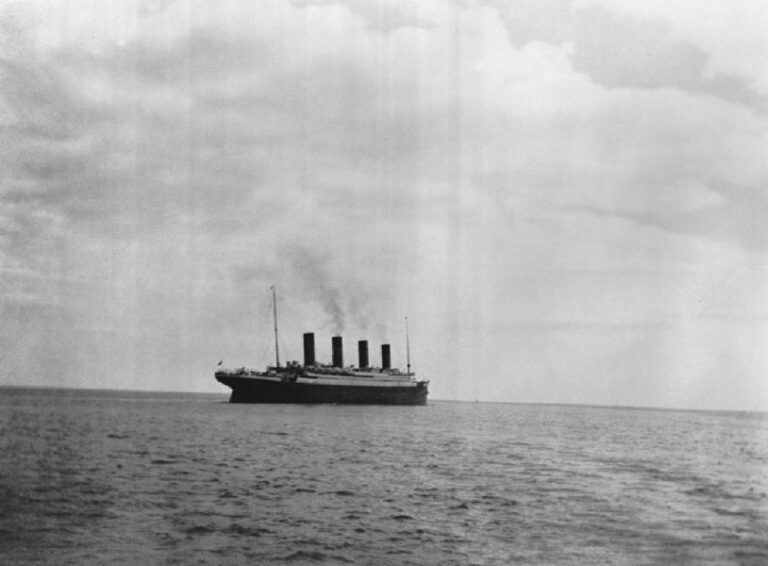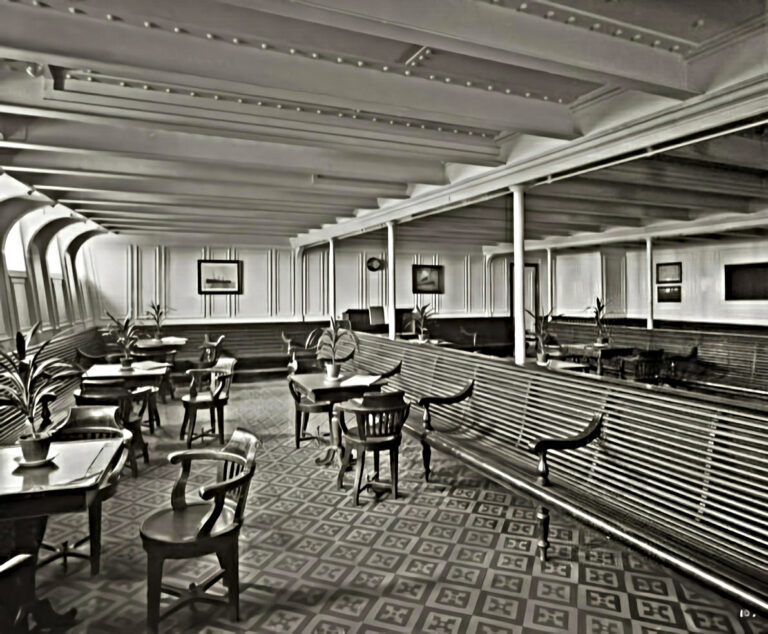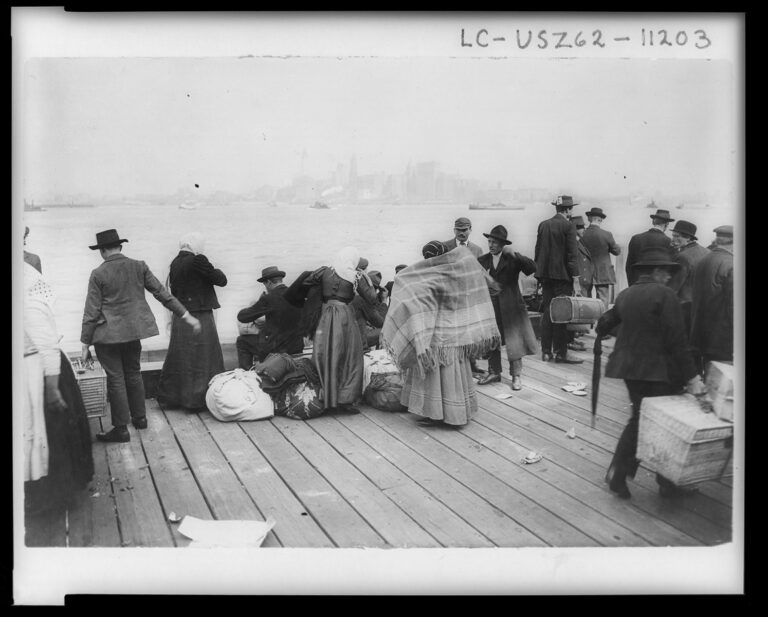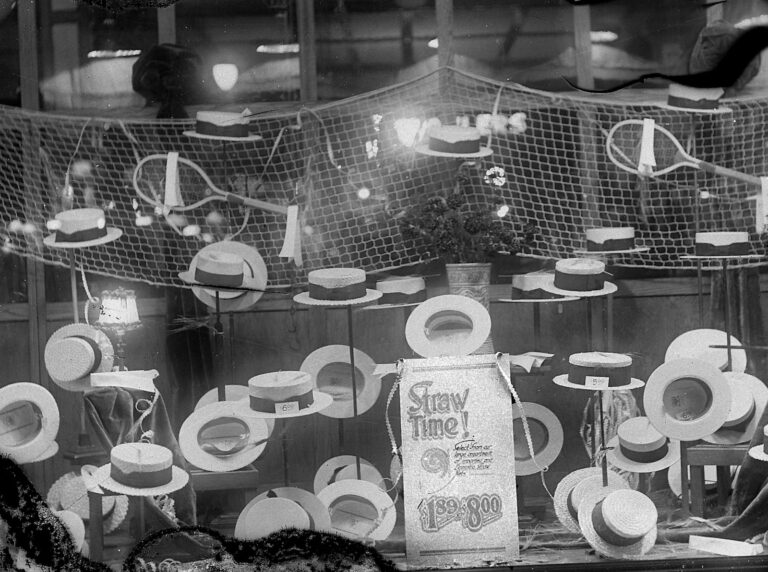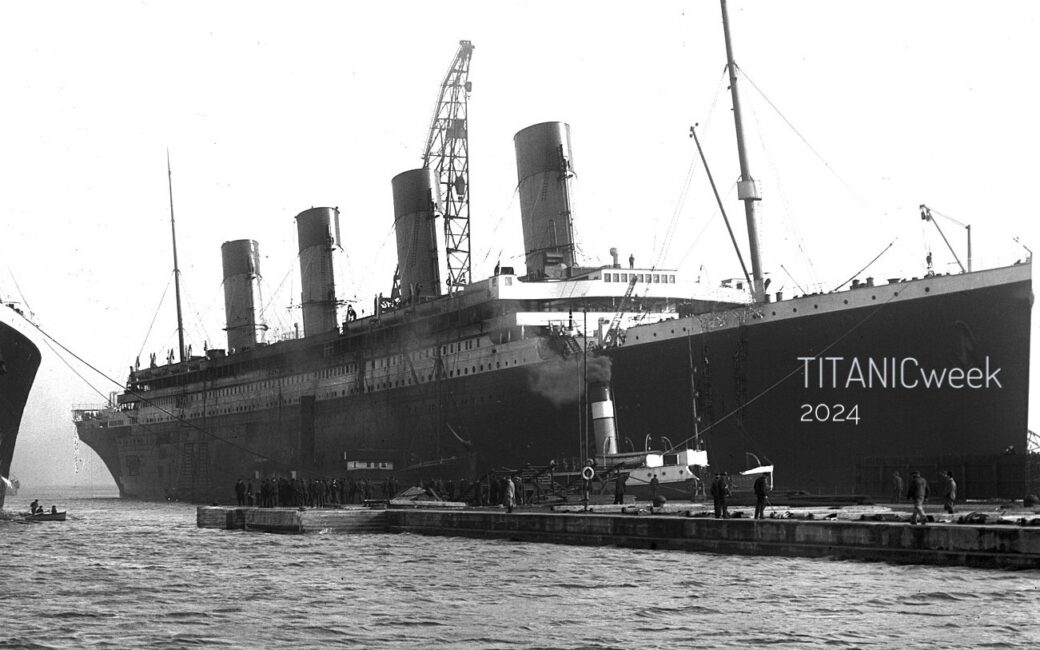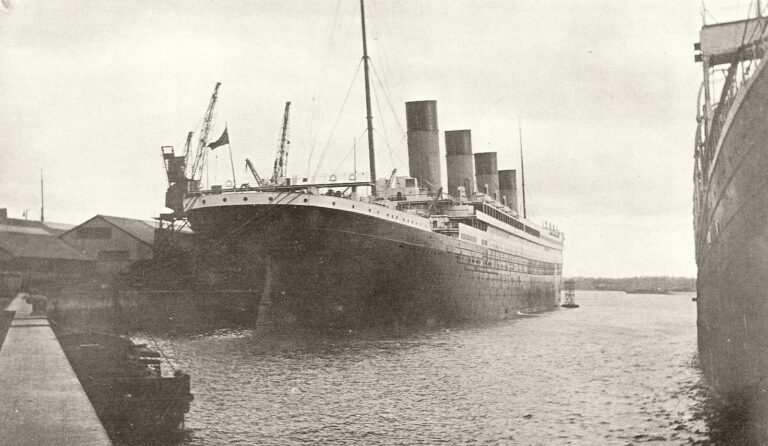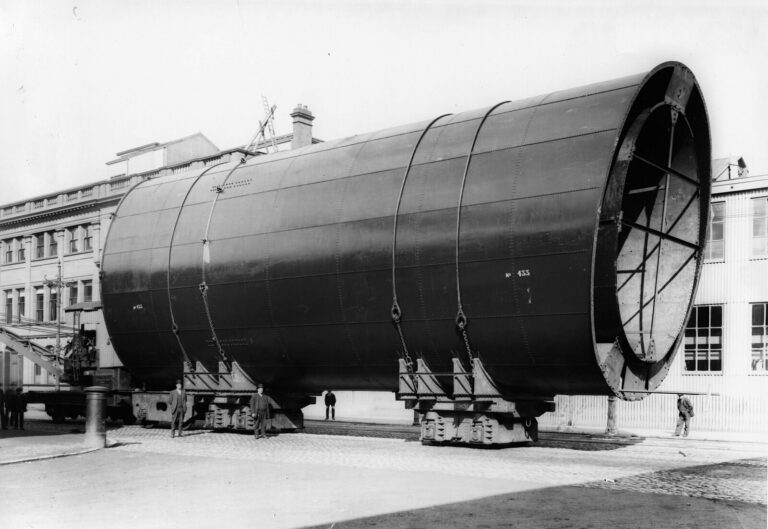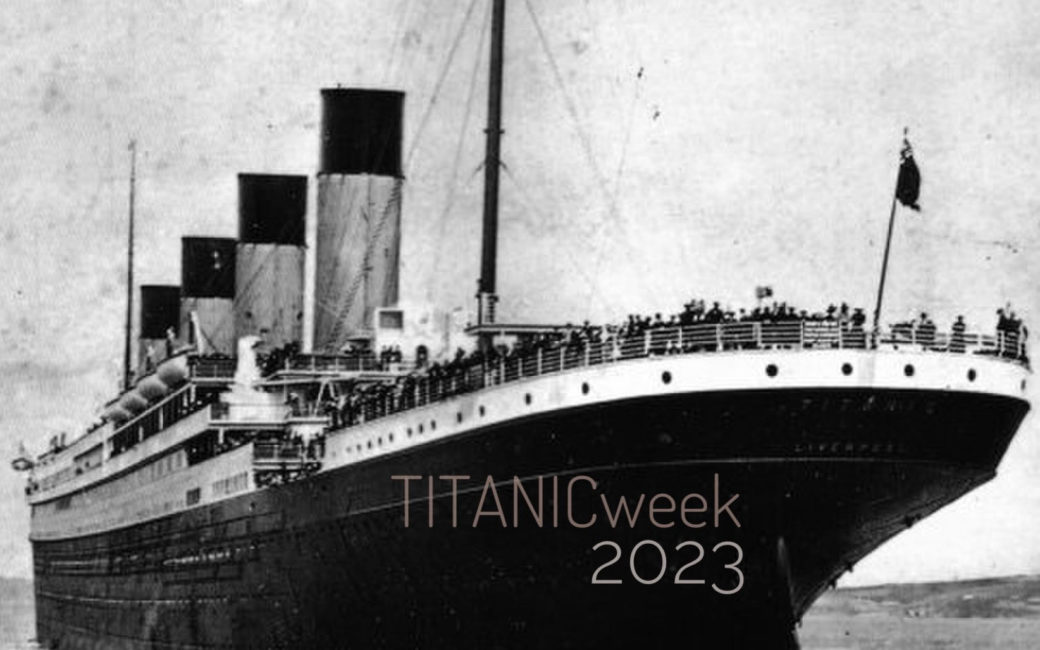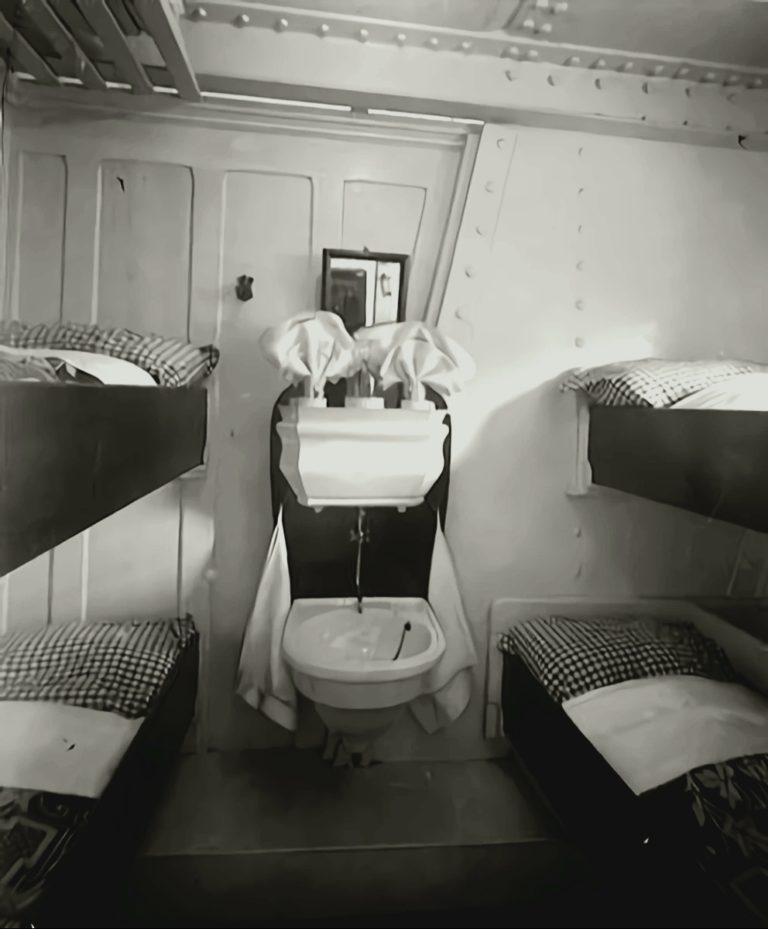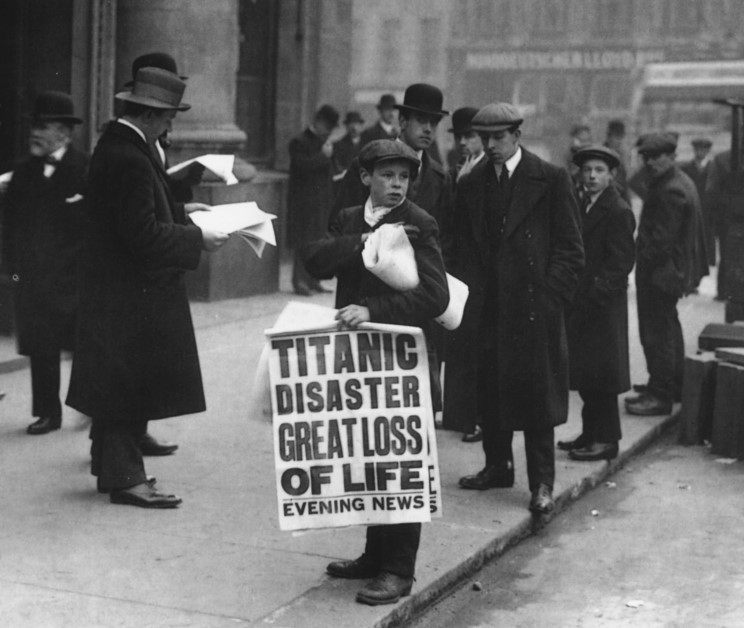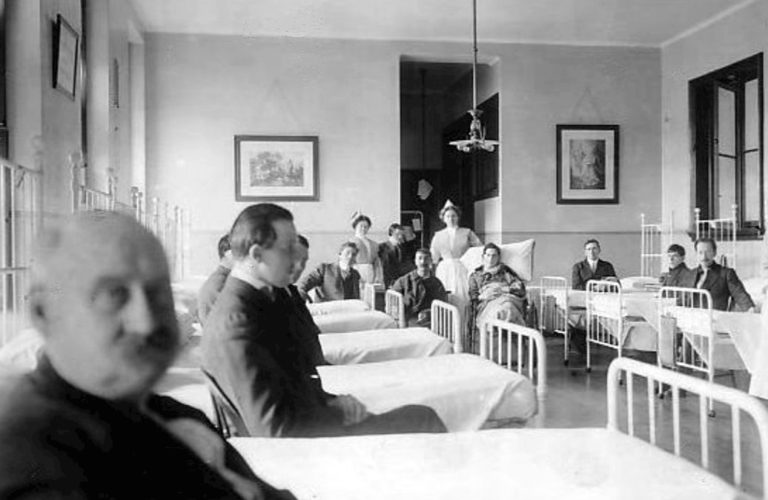"I Did Not Think I Was Going to Live": Thomas McCormack
Thomas McCormack was 19 years old when he boarded the Titanic at Queenstown on April 11, 1912.
Thomas had been a resident of Bayonne, New Jersey, since 1910. He had traveled home to Ireland some months before, on a visit to his relatives.
Thomas traveled with his cousins, brothers John and Phillip Kiernan. John was returning to his home in the United States, and had persuaded his younger brother Phillip to come along to the new world.
Unexpectedly along with Thomas and the Kiernan boys were the Murphy sisters, Kate and Margaret. The girls were running away from home, defying their aging and widowed mother.
None in the party were more than 25 years old.
Thomas, John, and Phillip boarded the train to Queenstown on the morning on April 11, 1912.
Once seated, they were met with many other steerage passengers bound from their home of Co. Longford. Amongst these newfound compatriots were three siblings: Barney, Agnes, and Alice McCoy.
According to secondhand memories of the McCoy family, the new friends conversed amiably and even sang throughout the ride down to Queenstown.
And once the party disembarked the train, they boarded the tender ship America.
The America was one of a pair of tenders (the other being her sister Ireland) tasked with ferrying Queenstown passengers from the dock over to the Titanic. The passage took approximately thirty minutes.
On board the America, piper Eugene Daly played Erin's Lament as the tender gained distance from the shore.
The Titanic turned toward the open sea at about 2:30 p.m.
Thomas most likely stuck with Co. Longford group as they sought out their cabins in the seemingly endless corridors deep below. A hearty dinner would follow.
As is the case for many steerage passengers on Titanic, there is scant official documentation of how Thomas McCormack spent time on board.
But thanks to the aforementioned recollections of descendants of the McCoys, some casual memories persist: most of their evenings were apparently whiled away in the general room, or otherwise in the Third-Class Smoking Room.
Thomas was presumably a part of these gatherings, as one of the McCoy sisters reportedly came down with a bit of a crush on young Tom, and was frequently in his company.
Meanwhile, Kate Murphy had brought her violin on board. She thusly played with other musicians in the Third-class party that occurred in the evening hours of April 14th, the night of the iceberg strike.
Whether Thomas attended this party is not documented. But since Kate had played her violin that night and Katie Gilnagh, who had also befriended Thomas's group on the train, was also in attendance, it is reasonable to assume that Thomas may have at least made an appearance.
By the time the collision occurred at 11:40 p.m., Thomas was asleep. He was awoken with a start by John and Phillip. “I jumped out of bed and ran into the hall with my two cousins when we hit,” Thomas said. “Everyone was crazy and running, screaming.”
Barely dressed, Thomas bolted for the boat deck. In the bedlam below decks, he lost sight of his cousins.
It was brotherly love that cost 'Phil' his life. As he was hurrying toward the deck his brother John called to him to go on, that he would be there in a minute. As we reached the stairs Philip looked around, and not seeing his brother, started to return to look for him. I kept on and did not see either of them again.
Tom's sister Catherine later claimed that her brother had to fight his way past crewmembers to make it up to the boat deck. Tom himself said, "When I was running up to the deck in the confusion that night, I did not think I was going to live."
Once up top, Thomas found himself navigating through "many excited persons" who were "crying and yelling." Then Thomas ran into Barney McCoy, one of the Co. Longford group he had made friends with while on the train to Queenstown.
Tom and Barney "were not long in finding out that the ship was sure to sink." The boys proceeded to secure and fasten their lifebelts. Tom may have assisted in seeing Barney's two sisters off in a lifeboat.
The boys had realized that the Titanic "was settling badly."
So they jumped overboard.
"I panicked and ran to the rail. I never stopped to look how far from the water I was. I just jumped over," Tom recounted. "It felt like a mile down to the ocean, and it was freezing water. All I had was my lifejacket."
Thomas surfaced and swam for a nearby lifeboat.
But he was attacked.
In a contemporary article published by the Tasmanian periodical Examiner, "He got his hands on the gunwale of a lifeboat, but members of the crew struck him on the head and tore his hands loose."
His experience was also officially documented during the British Inquiry into the Titanic disaster.
The Commissioner:
Now what are the issues which have been mentioned as being issues between those two gentlemen and the crew?
Mr. J. P. Farrell, M. P:
They are of the very gravest kind. Thomas McCormack alleges that when swimming in the sea he endeavoured to board two boats and was struck on the head and the hands and shoved back into the sea, and endeavoured to be drowned.
After being driven away from the first lifeboat he had approached, Thomas somehow found his way to another, despite the injuries to his head and hands. He again clung to its sides and attempted to board.
And thanks to the Kate and Margaret Murphy, he succeeded.
After being beaten severely by sailors with oars I managed to get into one of the life and boats [sic]... [Kate and Margaret Murphy] sat on me and tried to cover me up.
After a while one of the sailors saw my legs protruding, and seizing them asked me ' what in _____' I was doing in the boat. He dragged me out and tried to throw me into the water. I grabbed him by the throat and said if I went overboard I would take him with me. When he saw that he could not thro [sic] me over he finally desisted and I was allowed to remain.
Upon the arrival of the rescue ship Carpathia in New York City, Thomas McCormack disembarked to be picked up by his brother-in-law, Bernard Evers, who had traveled there to bring Thomas home.
But amidst the confusion on the dock, in the dark cold and under the rain, the men missed each other entirely.
Bernard hunted all night and the following morning for Thomas. As fear mounted that perhaps Thomas's survival had been falsely reported, Bernard learned that Thomas had been transferred to Ellis Island so "his credentials could be inspected," since no one had claimed him.
Thomas McCormack was hospitalized for the bruises and lacerations to his head and hands that he had suffered in the lifeboat.
He thereafter returned to Bayonne, New Jersey.
The sinking of the Titanic haunted Thomas throughout his life.
The Easter season is never a completely happy time for Tom McCormack of Elizabeth, N.J. It always brings memories of his escape from the sinking Titanic...
The sinking of the Titanic has always had some effect on his life. Afterward he was afraid of sailing, and the only ship he ever boarded was the troopship that carried him to the shores of France to fight in World War I. McCormack had nightmares for years, and almost all of his conversations somehow get around to the Titanic.
Thomas naturalized as an American citizen in 1916. He became the owner of a pub, worked as a security guard, and married twice.
Interviewed in 1974 for the anniversary of the sinking, Thomas said, "I owe my life to God's kindness, nothing else."
He died the next year, at the age of 83.
SOURCE MATERIAL
Molony, Senan. "The Irish Aboard Titanic." Wolfhound Press, 2000.
https://www.encyclopedia-titanica.org/battled-for-life-with-sailor-after-the-titanic-sank.html
https://www.encyclopedia-titanica.org/beaten-from-lifeboat.html
https://www.encyclopedia-titanica.org/memories-titanic-night.html
https://www.encyclopedia-titanica.org/titanic-survivor/thomas-joseph-mccormack.html
https://www.encyclopedia-titanica.org/the-titanic-mccoys.html
https://www.encyclopedia-titanica.org/thos-mccormack-of-bayonne-at-ellis-island-10057.html
